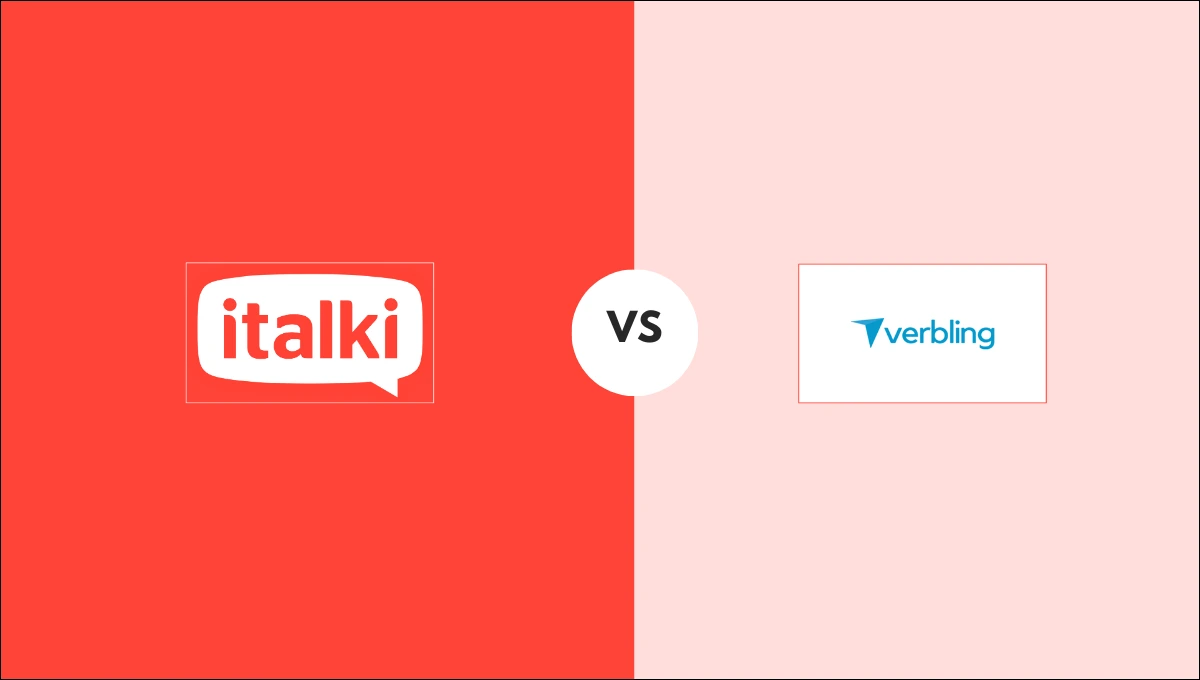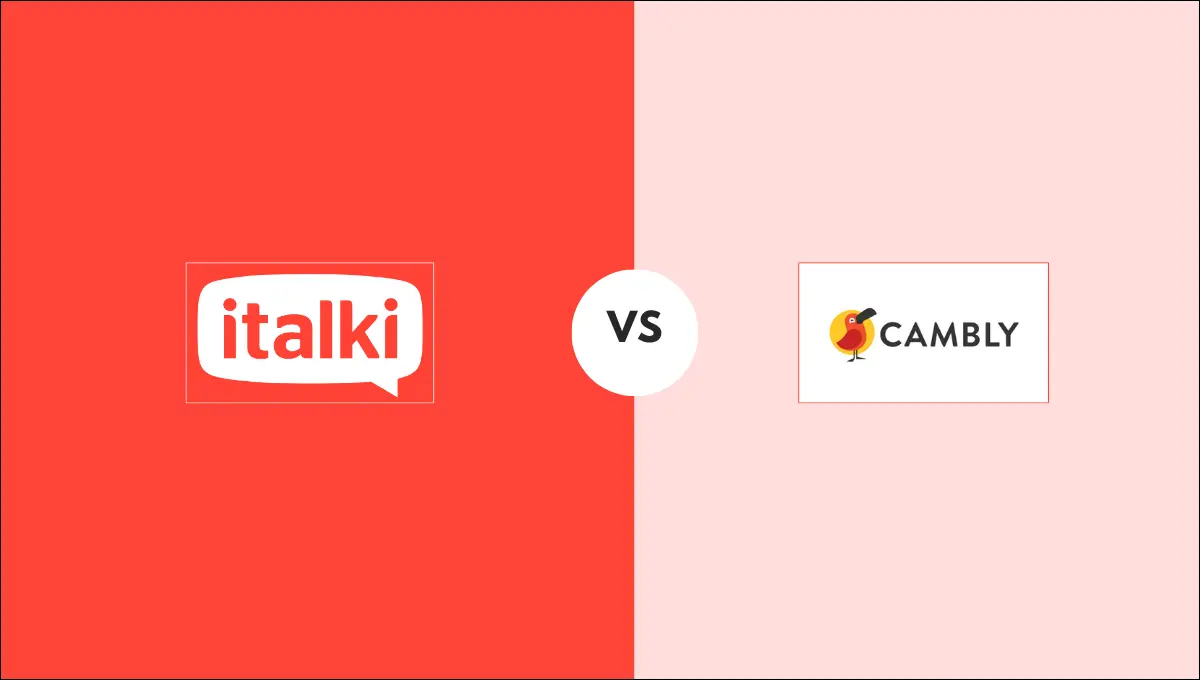Talking about the future is as important as talking about the present in Spanish. Learning future tense in Spanish allows the speakers to hold Spanish conversations well. Learning the future tense is all about moving forward.
From different forms of future tenses to practicing Spanish future tense phrases, this guide is extremely beneficial for every Spanish learner. You can improve Spanish by practicing the tenses and their use in Spanish sentences.
The most common form of Spanish future tense
Simple future form
This tense is frequently mentioned when people speak of “the future form” in Spanish. To create the future tense in Spanish, take the infinitive form of the verb and add the following endings: -é, -ás, -á, -emos, -éis, and -án. Each end is associated with a different subject and is the same whether you use a -ar, -er, or -ir verb in Spanish.
Note that there is an accent on the first letter of every ending, except the “we” form –emos.
| Subject | Verb |
| Yo | Hablaré |
| Tú | Hablarás |
| Él/Ella/Usted | Hablará |
| Nosotros | Hablaremos |
| Vosotros | Hablaréis |
| Ellos/Ellas/Ustedes | Hablarán |
This tense is used in Spanish in the same way that “will” is used in English. We use it to predict the future, make assumptions or guesses about the present, and issue commands. For example:
- Lloverá mañana. (It will rain tomorrow.)
- Estará en la cama. (He’ll be in bed.)
- ¡Callarás! (You will/shall be quiet!)
We also use it to talk about the distant future.
For example: El año que viene iremos a Nueva York (Next year we are going to New York).
Irregular verbs in the simple future form
Some verbs are irregular and do not follow the above pattern exactly: they use the same endings as regular verbs, but the stems change. Here are some common irregular verbs that you need to learn:
| Infinitive Verb | Irregular Future Form |
| Tener | Tendré |
| Poner | Pondré |
| Decir | Diré |
| Querer | Querré |
| Hacer | Haré |
| Venir | Vendré |
| Saber | Sabré |
Ir + A + Infinitive Future Form
To make the Spanish equivalent of “going to?” It takes a simple formula:
Ir + a + infinitive
Following is an example of the formula in action, using hablar (to talk) to say “going to talk”:
| Subject | Future Perfect |
| Yo | Voy a hablar |
| Tú | Vas a hablar |
| Él/Ella/Usted | Va a hablar |
| Nosotros | Vamos a hablar |
| Vosotros | Vais a hablar |
| Ellos/Ellas/Ustedes | Van a hablar |
As long as you use the ir + a, you can use this with the infinitive of any verb. We use the “going to” tense, just like in English, when we are talking about things we have already planned for the near future.
- Vamos a ir de compras. (We are going shopping)
- Voy a viajar a Guatemala. (I am going to travel to Guatemala.)
If you are looking for a Spanish tutor, you can enroll yourself with italki. You can book your lessons online with just a few clicks. In fact, you can also avail the facility of a free trial before enrollment. Visit the website to explore further details about Spanish tutors and their pricing range.

Find Your Perfect Teacher
At italki, you can find your Spanish tutor from all qualified and experienced teachers. Now experience the excellent language learning journey!
Book a trial lesson
Other Spanish future forms
Using Querer
To ask someone if they are willing to do something in the future, use querer in the present tense plus the infinitive:
- ¿Quieres ayudarme a mudarme? (Will you help me move?)
- ¿Quiere lavar mi ropa? (Will you wash my clothes?)
Using present tense
You may not realize it, but we constantly use the present to discuss the future in English. Consider what you would say if I asked you what time you planned to leave the house tomorrow.
You would likely say “I’m leaving at nine” over “I’m going to leave at nine” or “I will leave at nine.”
It is similar in Spanish, though they tend to use the simple present tense instead of the present continuous tense that we usually use in English. For example: Salgo a las ocho. (I’m leaving at eight.)
Use the present tense to talk about the future in Spanish anytime you would in English, usually when someone asks you in the present about something you are planning to do.
Future Perfect
This is used to discuss something that has not yet occurred but will. You must use the future indicative form of haber along with the past participle for this.
You can make a verb’s past participle by removing the -ar, -er, or -ir ending and replacing it with -ado for ar verbs or -ido for er and ir verbs.
Let’s look at it by using hablar as an example:
| Subject | Future Perfect |
| Yo | Habré hablado |
| Tú | Habrás hablado |
| Él/Ella/Usted | Habrá hablado |
| Nosotros | Habremos hablado |
| Vosotros | Habréis hablado |
| Ellos/Ellas | Habrán hablado |
Here are some examples of future perfect:
- Habremos terminado antes de que llegue. (We will have finished before he arrives.
- Habré ido a la universidad. (I would have gone to college.)
Spanish future phrases
You can become fluent in Spanish by learning Spanish future phrases. You can note them down and try using them in your daily conversations.
- Mañana – Tomorrow
- Pasado mañana – The day after tomorrow
- La semana que viene – Next week
- El fin de semana que viene – Next weekend
- El mes que viene – Next month
- El año que viene – Next year
- Nunca – Never
- Un día – One day
How to practice future tense in Spanish
There are numerous resources available to assist you in practicing Spanish grammar, including future tenses. There are online exercises and Spanish grammar apps to help you learn and review.
The best way to memorize these is to observe how native speakers use them. Perhaps you can find a Spanish-language TV series about time travel, or simply a Spanish-language copy of The Time Machine. Keep an eye out for how these verbs are conjugated.
Frequently asked questions
Q. What are the 3 future tenses in Spanish?
A. In Spanish, there are three different future tenses, which include the simple future tense, the ir a + infinitive mode, and the future perfect tense.
Q. What are the rules for future tense in Spanish?
A. In Spanish, you have to change the verb endings. So, just as hablo means I speak, hablaré means I will speak or I shall speak. To form the future tense of regular -ar, -er and -ir verbs, add the following endings to the infinitive of the verb: -é, -ás, -á, -emos, -éis, -án.
Q. What is the future tense in Spanish called?
A. futuro imperfecto
Conclusion
Mastering past, present, and future tenses in Spanish will let you hold Spanish dialects easily. Learning and using tenses in any language other than your native language seems like a difficult task at first. But, if you keep on practicing it on daily basis you will start using them in your conversations and writing without any errors.
Try reading Spanish books, and watching Spanish video clips to identify future tenses in Spanish. It will help you understand the tenses in a better way.
Want to learn a language at italki?
Here are the best resources for you!




















